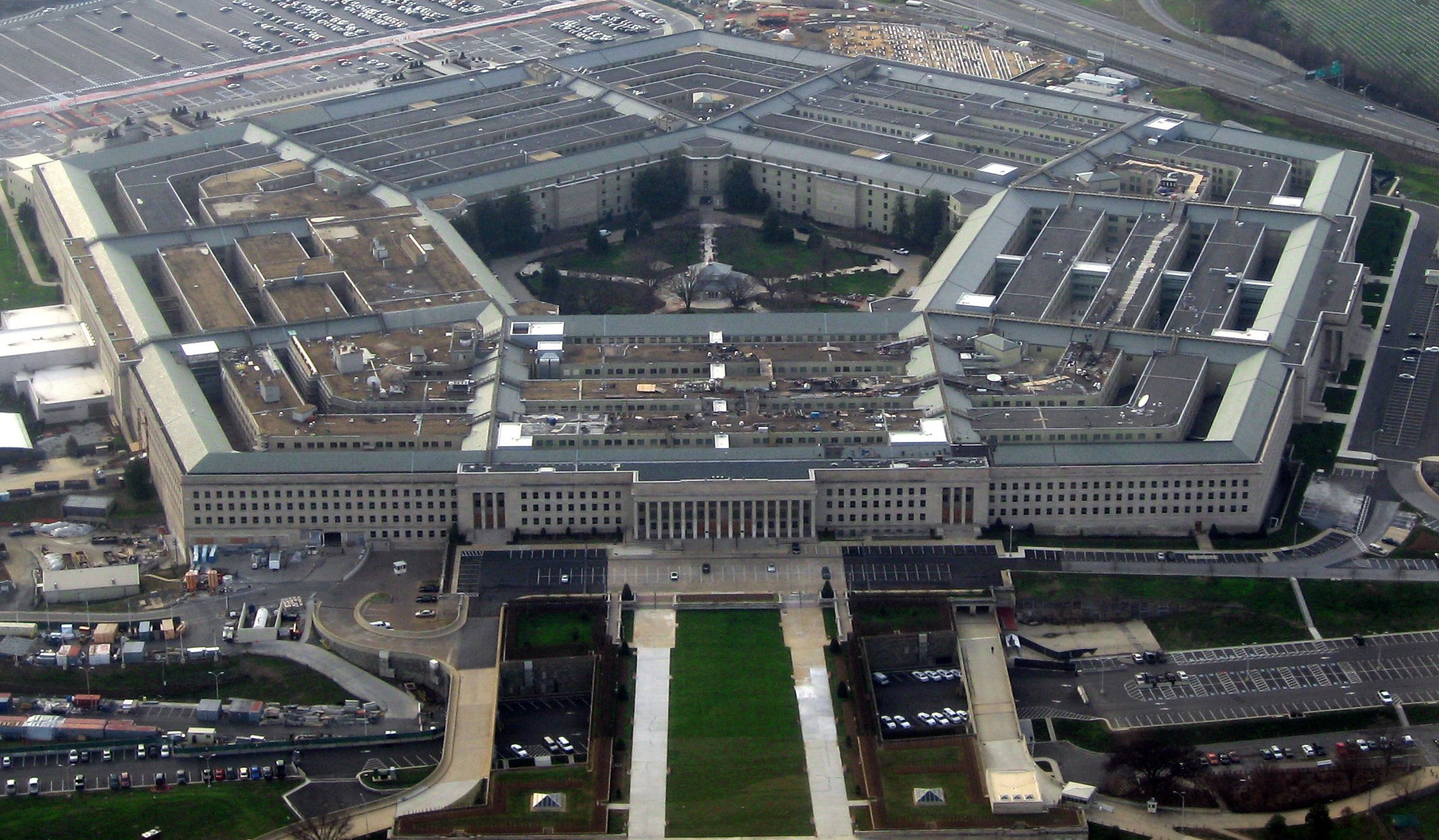 A panel of former U.S. defense and national security officials told a Senate panel the Pentagon’s key public strategy document — the Quadrennial Defense Review — may work better as a secret report.
A panel of former U.S. defense and national security officials told a Senate panel the Pentagon’s key public strategy document — the Quadrennial Defense Review — may work better as a secret report.
“We tend to get a lovely coffee-table book” when Defense Department produces its congressionally-mandated unclassified QDR, Michelle Flournoy told the Senate Armed Services Committee on Tuesday.
The current review has “in practice has become routinized” and does not deliver a “top-down” approach to strategy, she said.
The QDR “has become the ultimate tyranny of consensus,” rather than “framing and assessing the alternatives and offering those for decision” to the president and the secretary of Defense.
She recommended producing a classified document that sets policy and strategy but does not rule out having other unclassified documents appear explaining aspects of that policy and strategy.
“Good strategy has to really be unexpected,” Michael Vickers, a former undersecretary of Defense for intelligence, said, and it can remain that way even in open documents—such as the budget. Too often now, the United States “is confusing goals with strategy.” He added, “The most successful strategy has been with Congress as a real partner” in its development.
In producing the review now, Jeffrey Eggers, a former special assistant to the president for national security and retired Navy commander, said, “They avoid the hard decisions” and the resulting product “become(s) a laundry list.”
Tuesday’s hearing is one of a series called by chairman Sen. John McCain, (R-Ariz.), on the broad topic of “reform,” from military personnel issues to procurement to strategy and policy.
“This is a very target rich environment,” Flournoy said in her opening statement on re-examining strategy and policy. She said the “the tyranny of consensus and duplication of effort among staff” has arisen not solely because the Goldwater-Nichols Act of 1986 requiring “jointness” but because a “lack of role clarity” in the joint staff, the combatant commands and the Office of the Secretary of Defense.
As to how this happened, she said in answer to a question it’s been “more about the tendency of bureaucracies to grow.” Flournoy used the combatant commands as an example. Because the commander is drawn into answering policy as well as operational questions, he creates a staff to answer the new set of questions.
Flournoy said, “tyranny of consensus is most apparent” in the force-planning process. The process as it has evolved over the past 30 years is “antithetical to competing ideas” needed to confront future challenges in the Asia-Pacific, a more aggressive Russia in Europe and the Middle East.
She noted that the joint staff now numbers nearly 4,000 members, the combatant command staffs number over 38,000 and the staff in the Office of the Secretary of Defense numbers more than 5,000.
Flournoy said about 240,000 individuals, excluding contractors, are doing staff work for the Pentagon at various levels, and they “account for about 20 percent of the DOD budget.” She said the Congress should “strongly encourage the secretary of Defense . . . to de-layer staff,” starting with the joint staff and OSD and “look at the overlap” among the staffs of the service secretaries and service chiefs.
As others have told the committee during these hearings, she also called for the reduction in the number of combatant commands as well as their staffs.
But Flournoy wants to keep the chairman of the joint chiefs out of the operational chain of command, a point a number of others recommended. Her reason: “It would reduce the authority of the secretary of Defense.” Later in answer to a question, she said another benefit of keeping the chairman’s role advisory is it would maintain “a direct line to the president” as a member of the National Security Council.
As for the council itself, she said it functioned well in the [Brent] “Scowcroft era” during the administration of George H.W. Bush, when it was regarded as an “honest broker” and “not getting [into] a lot of micromanaging.”
Vickers said, “Good strategy needs good strategists.” He called for developing a joint general staff with a large degree “of independence from the services” to concentrate on war and strategy.
This means “revamping the selection and promotion [policies, rules, regulations and laws] of general and flag officer” and overhauling the “one-size-fits-all” Defense Officer Personnel Management Act.
Eggers suggested that senior military leaders on career tracks as strategists would benefit from “significant exposure to civilian education” and the department needs to provide more opportunities to develop civilian policy employees. He added the department should promote a meritocracy marked by early promotion and up-or-out for officers not meeting higher standards.
When asked if Hyman Rickover could achieve admiral’s rank today, he said, “The emphasis [now] is on a command track model” and the joint staff is “largely from the operational community” with “little incentive to think differently”—a career path unlike that of Rickover.
Eggers also called for the creation of a Red Team inside the department to rigorously test concepts and idea and to “separate policy development and [the] implementing function.”
As the hearing was ending, McCain asked whether current strategy “is winning against ISIS,” an acronym for the Islamic State.
Flournoy said, she didn’t think “we are where we need to be.”
“We need a more rapid and decisive campaign,” Vickers said, as the United States had with al Qaeda to “knock them back on their heels.”





